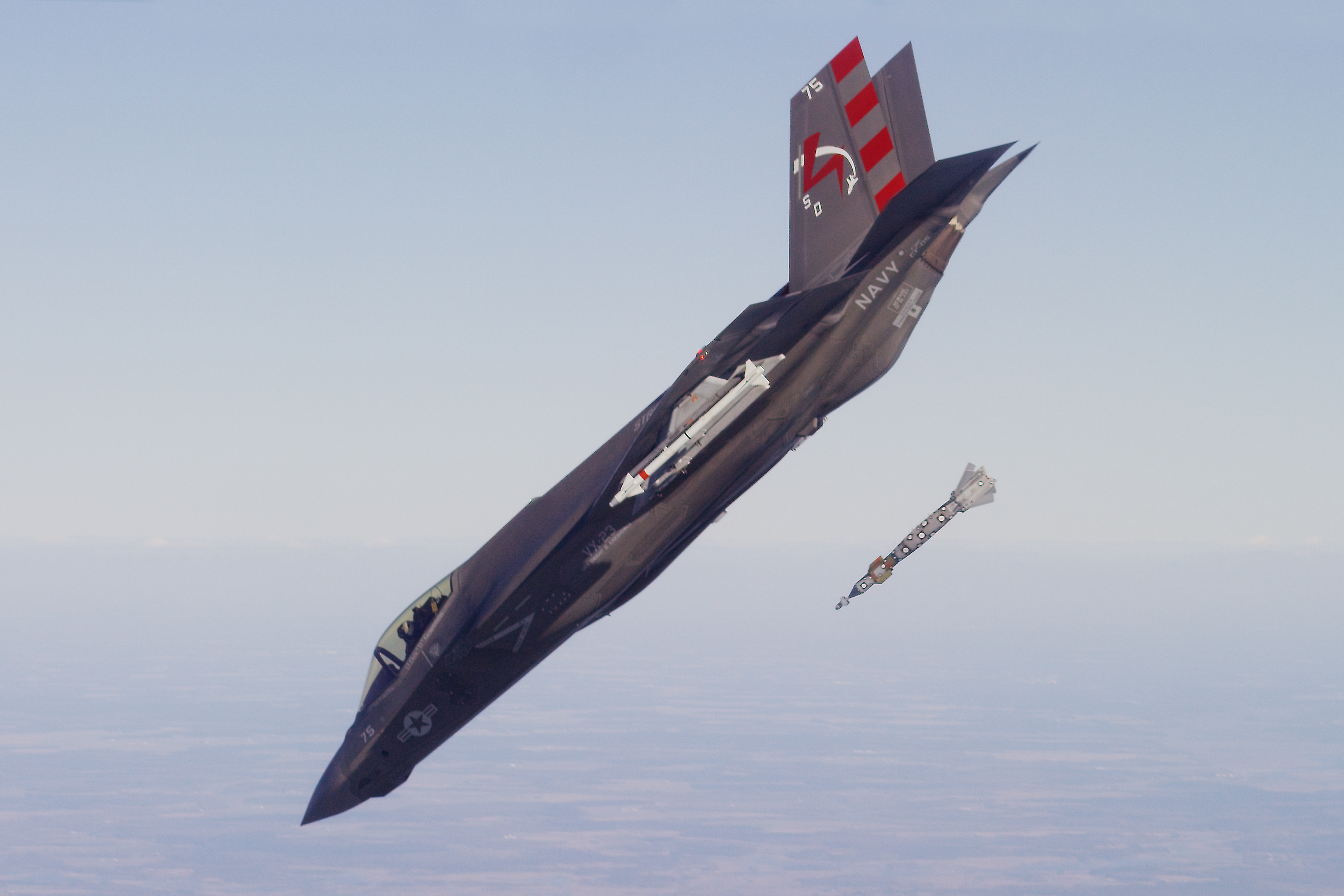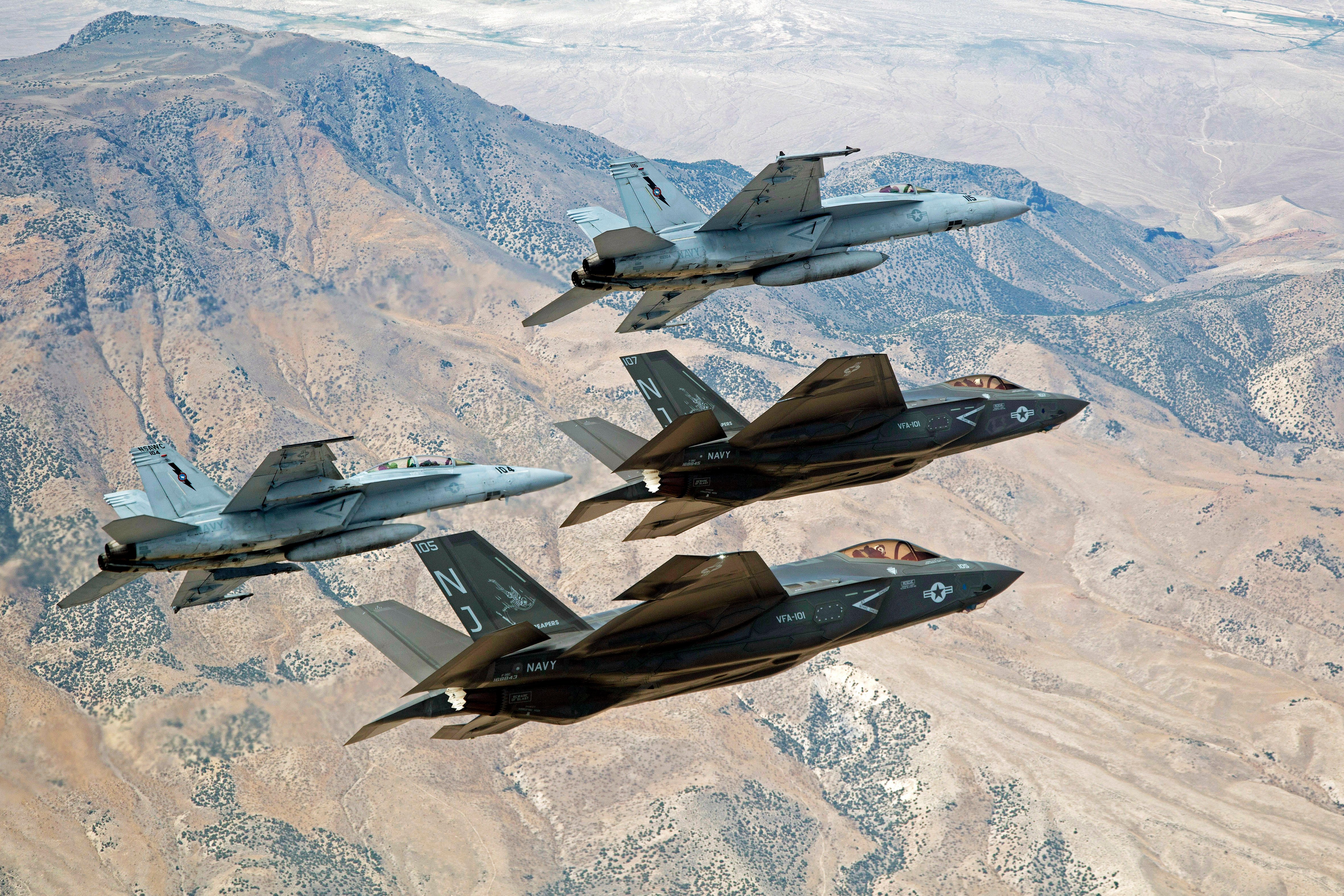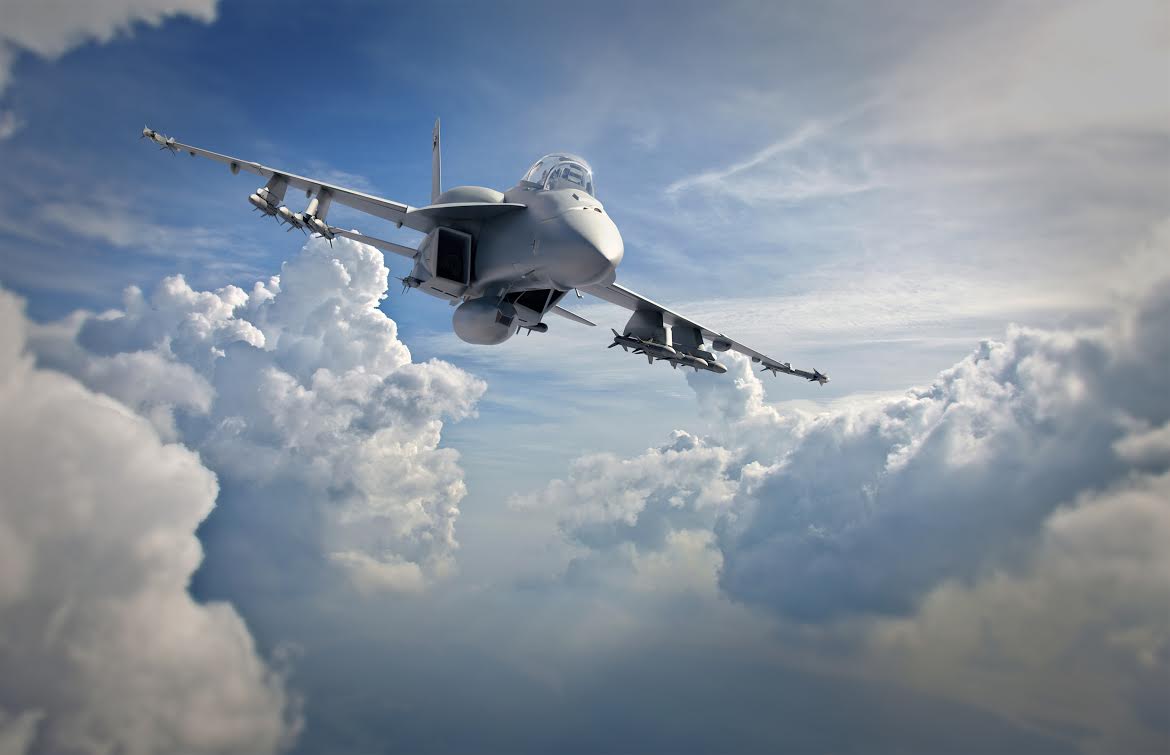
Defense Secretary James Mattis is ordering a Pentagon review to compare the capabilities and cost between the emerging carrier-based Lockheed Martin F-35C Lighting II Joint Strike Fighter and an upgraded version of the Boeing F/A-18 E/F Super Hornet, according to a memo obtained by USNI News.
The three-paragraph directive orders Deputy Secretary of Defense Bob Work to, “oversee a review that compares F-35C and F/A-18 E/F operational capabilities and assesses the extent that F/A-18E/F improvements (an advanced Super Hornet) can be made in order to provide a competitive, cost effective, fighter aircraft alternative.”
The memo also directs Work to look at the overall F-35 Joint Strike Fighter program to find opportunities to significantly reduce cost while maintaining the requirements for the program.
The Work reviews are set to inform upcoming budget decisions, read the memo.
In a Friday statement to reporters, Pentagon spokesman Capt. Jeff Davis said, “this is a prudent step to incorporate additional information into the budget preparation process and to inform the secretary’s recommendations to the president regarding critical military capabilities.”
The new review follows then President-elect Donald Trump’s December declaration that he wanted Boeing to price out a comparable Super Hornet to an F-35 as a cost saving measure.
Navy officials referred questions on the review to the Office of the Secretary of Defense.
However, Chief of Naval Operations Adm. John Richardson said as late as last week the Navy needed the capability the JSF brought to the service as well as unmanned aircraft in a blended airwing of existing and future aircraft.
“We need the F-35s,” he said during a Defense One event, according to a report in Investor’s Business Daily.
“That is our 5th-gen capability which we need, supplemented by [a] healthy cadre of advanced Super Hornets.”
While the Navy wants the F-35, the need for the service is set to use the highly networked, stealthy aircraft differently from the F-35 A and B models for the Air Force and the Marine Corps.
The F-35 is set to be a key node in the service’s emerging Naval Integrated Fire Control-Counter Air (NIFC-CA) concept that weds the information from ships and aircraft into a combat network in which a Navy JSF could pass back targeting information to weapons launched from another ship or aircraft.

“The Navy’s idea was much more about, the F-35 has a command and control node that might be part of a strike package that’s mostly F/A-18s rather than F-35s doing a whole strike mission by themselves, which is what the Air Force model might be,” Bryan Clark, naval analyst Center for Strategic and Budgetary Assessments (CSBA) and former special assistant to past Chief of Naval Operations Adm. Jonathan Greenert, told USNI News on Friday.
“We’re going to use the F-35 more as an enabler and a strike lead and as a command and control platform than as a fighter platform on its own.”
While the public has paid more attention to split between the JSF and the Super Hornet since Trump’s comments in December, the idea of an upgraded, stealthier F/A-18 E/F is not new.
In 2013, Boeing revealed the Advanced Super Hornet concept that took the existing design and added new sensors, a stealthy pod that would provide some of the radar cross section reduction of an internal weapons bay, dorsal conformal fuel tanks to extend the range of the fighter and new engines.

But even with the improvements the basic design of the aircraft – the planform – of the Super Hornet isn’t as well suited to evading detection by radar like the F-35, Clark said.
“You’re kind of limited that you haven’t redesigned the aircraft to reduce the signatures,” he said.
While the Navy has continued to be committed to the JSF in public, internally, the service has more than once considered reducing its F-35 buy as a bill payer for other service needs during budget deliberations. The Navy is also faced with a growing near-term strike fighter shortfall that could be mitigated with the purchase of additional F/A-18 E/F in the short term.
How the review will inform guidance to the Navy in the future is still unclear, but as costs for the F-35s continue to come down the carrier F-35Cs could be priced to be more competitive with the advanced F/A-18 E/F
“If you’re saving just $10 million an airplane it might not be worth switching horses midstream,” Clark said.





